MYTHOLOGY AROUND PERMANENCE
A grounded understanding of information begins at the physical and biological level (Bates, 2005). While navigating a realm composed of human-made systems, consider the notion that the human microbiome hosts a variable ratio of 1:1 between human cells and other microorganisms like bacteria and fungi (Sender et al., 2016).
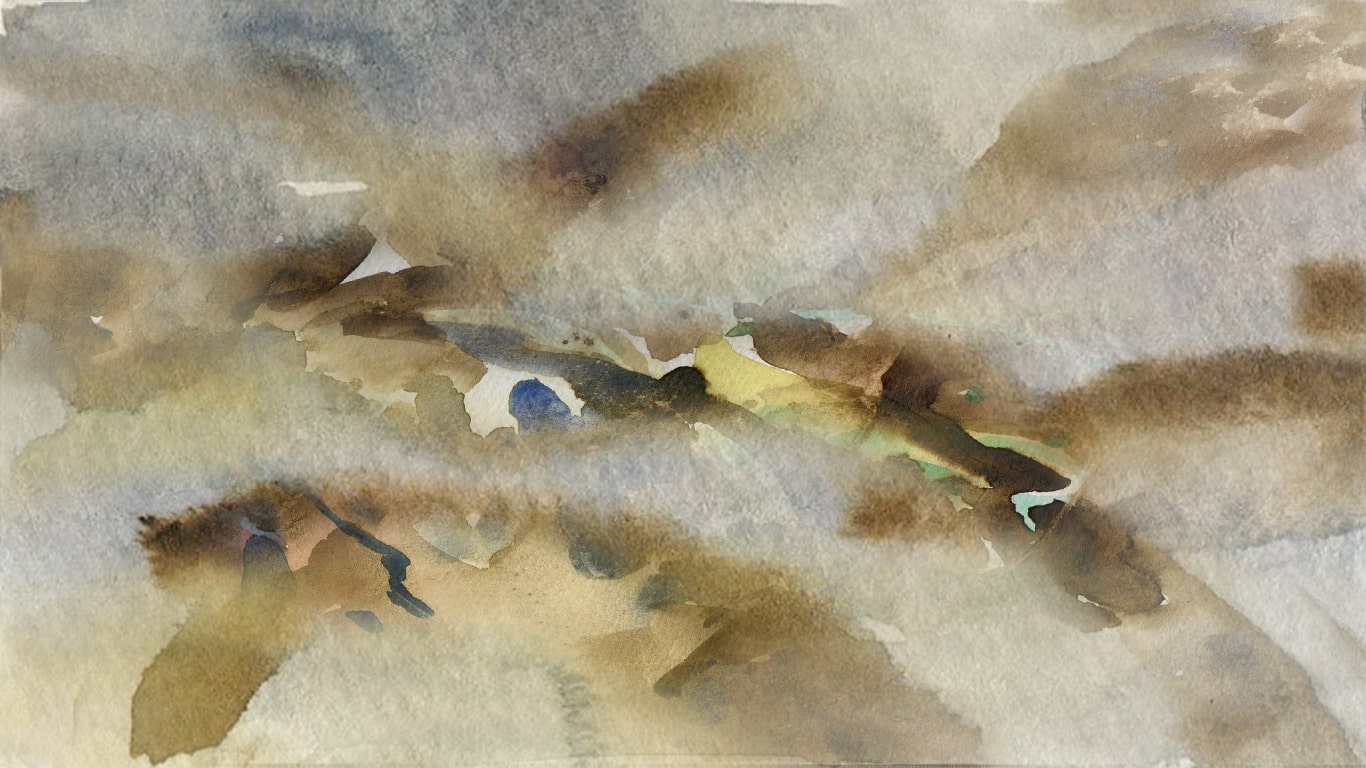
MULTISPECIES RELATIONSHIPS
The human-environment system is articulated by various interconnected relationships. The notion of autonomy as an essential process in the self-creation of living systems is coupled with an understanding that humans inhabit a symbiotic system looping within other lifeworlds (Haraway, 2008).
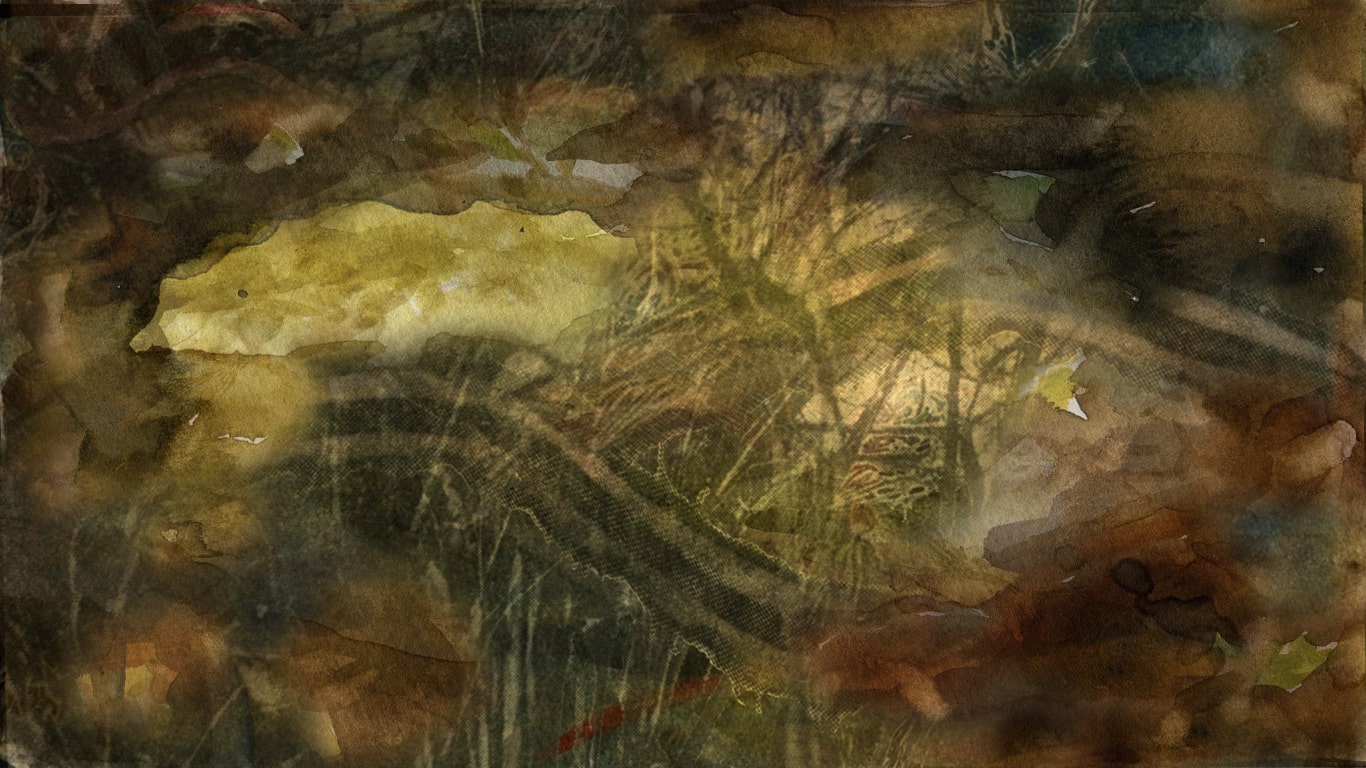
A MORE-THAN-HUMAN VANTAGE POINT
An infinite variety of non-communicating and reciprocally exclusive animal worlds jointly compose the earth (Uexküll, 2010). The natural systems realm moves beyond an anthropocentric vantage point by focusing on the frequencies of other-than human beings (Little Bear, 2016).
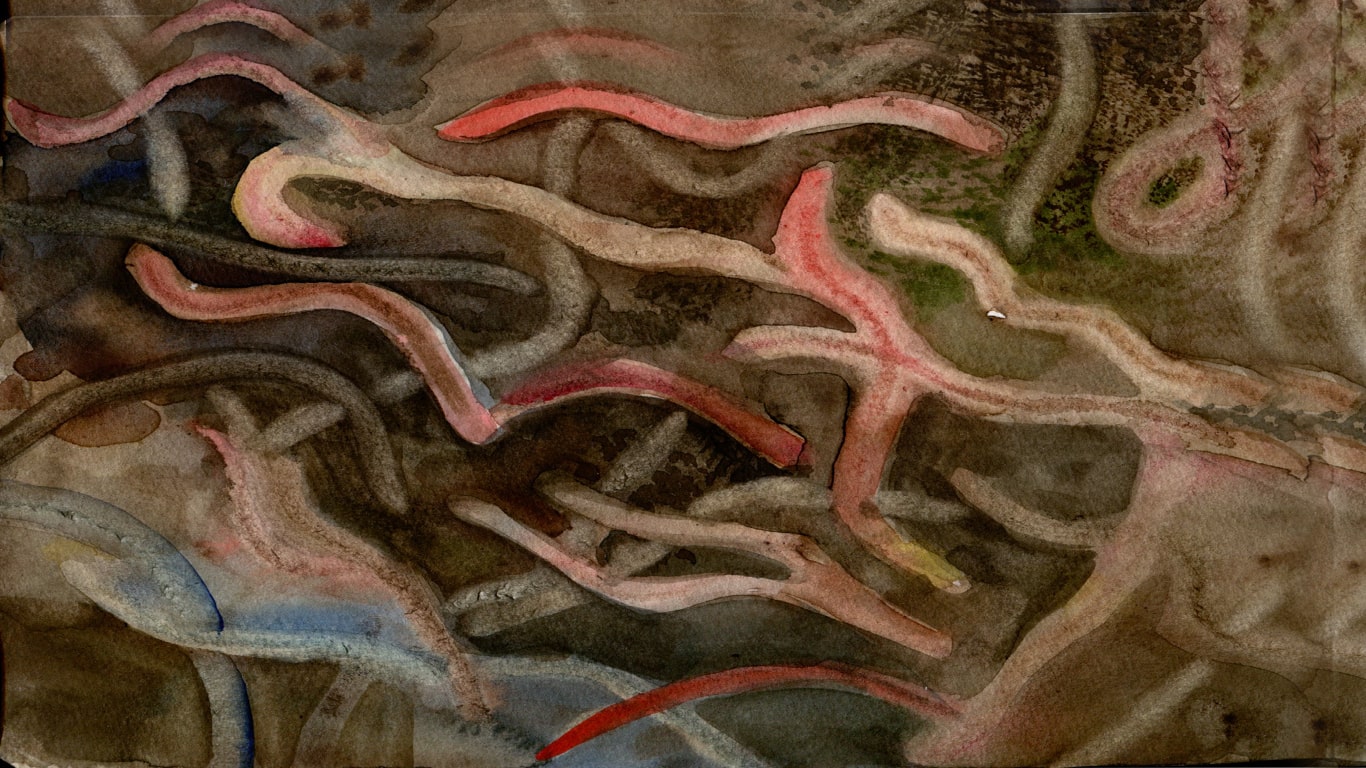

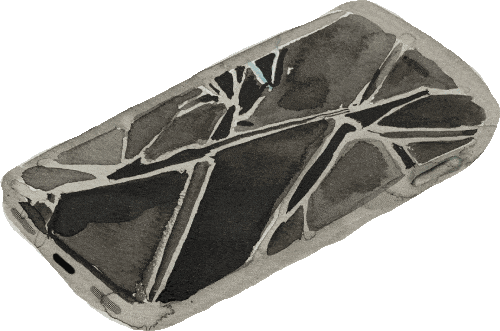
e-waste was a major external consequence of the digital revolution.
In 2019, a record 53.6 million metric tonnes of electronic waste was generated worldwide. 17.4% of this e-waste was collected and recycled. As time passed, higher consumption rates of electric equipment, devices with short life cycles, and designs with few options for repair propelled the electronic waste stream (United Nations Institute for Training and Research, 2020).

In 2020, an abundant new material appeared floating in the water, hanging from bicycles and trees, sitting on car dashboards, and lying at the side of the road.
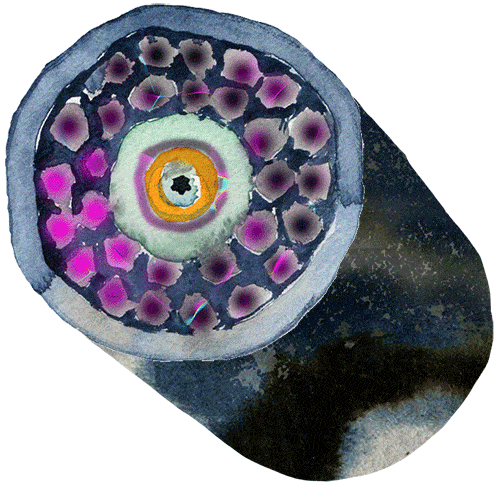
Cyberspace influenced how humans engaged and interacted with the environment by connecting computers, digital media, animals, and things as a living system (Colebrook 2014).
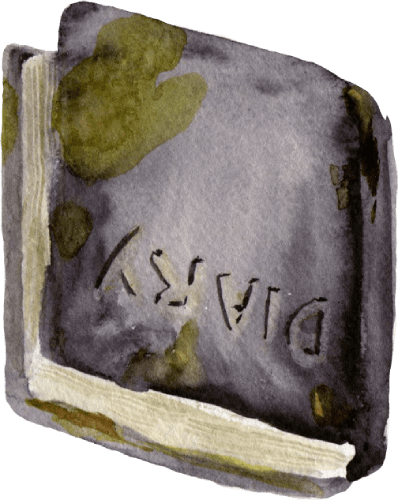
A physical record containing data about an arboretum.
Place-based practices and the documents they produced reflected what was valued about individual organisms and also exposed shifting values over time(Loukissas, 2016).
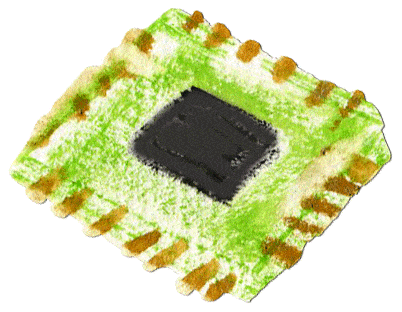
Decoupling present and future needs:
Human choices in the environment were dispersed in space and time.
Each action made a small opaque contribution to the future of the planet.
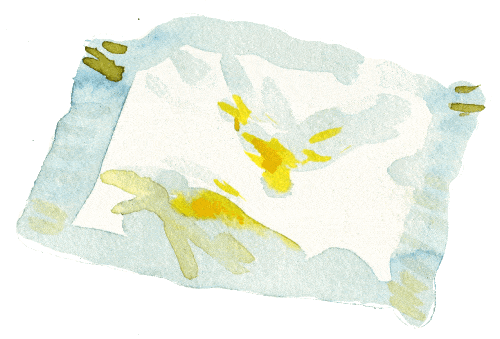
Structures of feeling were rendered and re-organized by the soft and networked architectures of online media (Papacharissi, 2016).

An object used to make slow work. The marks from this tool were dispersed throughout the dig site, a vacuum for new grammars of belonging (Steinhoff, 2017).
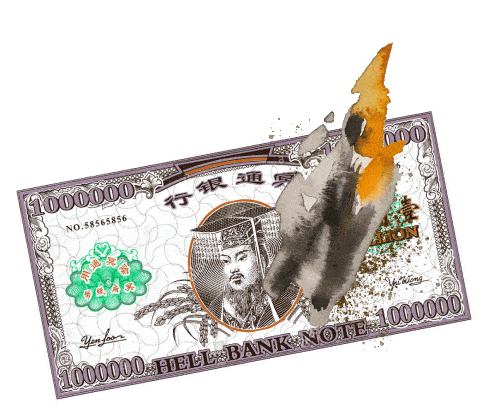
Emerging rituals prompted reciprocity:
A selection of mundane and sacred objects whose values were determined by more-than human beings, were burned for ancestors such as fish, rodents, and small birds. These ceremonies were a means of connecting to familiar and distant ancestors as well as to the land.
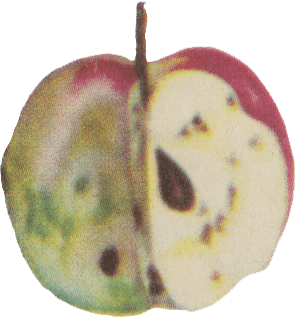
Humans were not the only creatures who lived on the edge of the wild. To some extent, every hive-building, nest-making, lodge-building and burrow-digging creature lived a liminal existence. Yet none of them lived their entire life in the burrow, nest, or hive (Bringhurst & Zwicky, 2018).
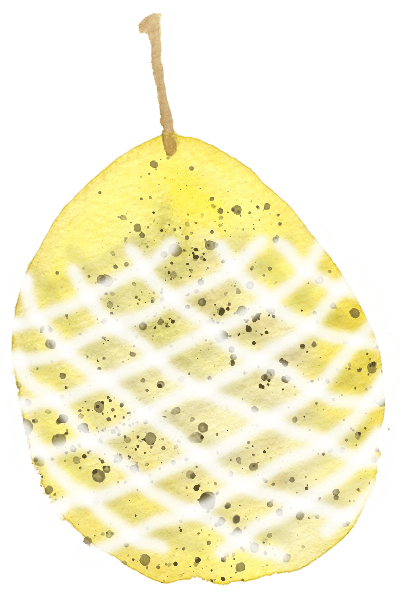
A holistic and multidimensional understanding of the breadth and depth of an animal’s engagement in labour was eventually identified as a type of subsistence work that kept the planet alive (Blattner et al., 2020).
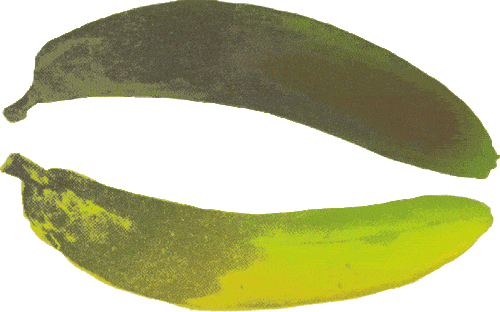
Consciousness and perception among animal species evolved throughout hundreds of millennia. Human sentience was one of numerous forms of animal awareness (Shepard, 1997).
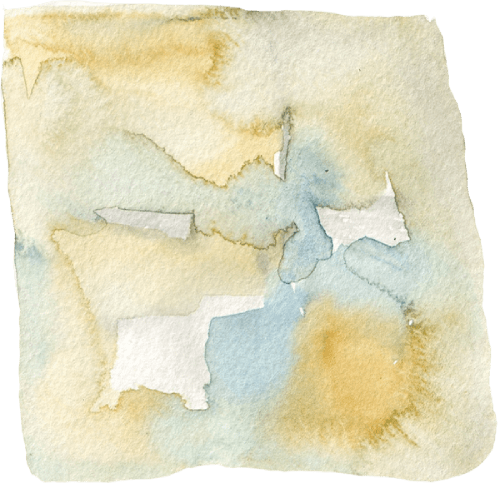
Representations of the wild continued to proliferate in online networked spaces, even as the buzzing and chattering offline grew conspicuously silent.
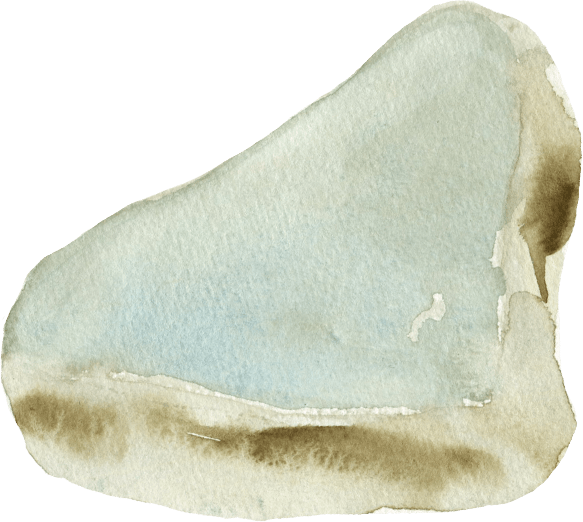
A disenchantment of technology and a re-enchantment of non-human nature generated a paradigm shift. Ecocentric ethics counteracted fragmented experiences of the wild often displayed through cell phones and computers (Maxwell & Miller, 2012).
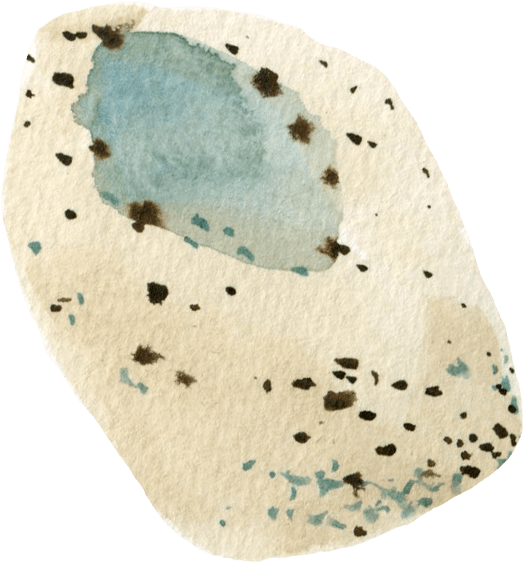
A decolonial shift from viewing the land as private property, towards an understanding of the land as home to nonhuman neighbours, prompted the realization that the land was not a commodity but rather a gift and a library (Kimmerer, 2013).
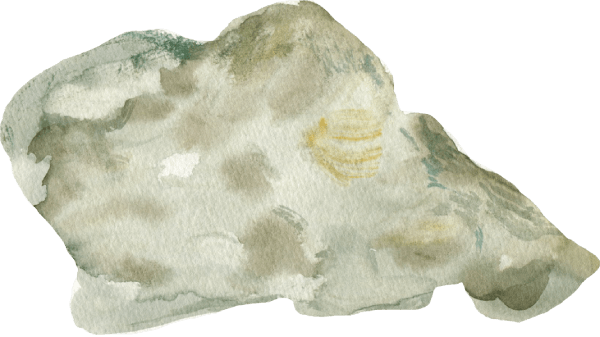
A gift grew inherently as it was shared. This notion was difficult to grasp in societies whose values were derived from the ownership of private property (Kimmerer, 2013).
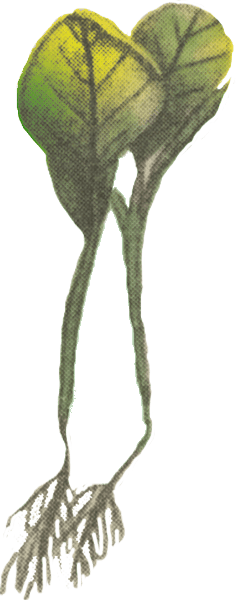
The earth was situated as a moral reference point. The act of thinking like an ecosystem brought individuals closer to disobedience from both cultural and biological late-capitalist paradigms (Bringhurst & Zwicky, 2018)

The 2020 document, A People’s Orientation to a Regenerative Economy, characterized feminist reproductive labour as skilled work that sustained both human society and nature itself. This regenerative economy was guided by community governance and ownership of work and resources (United Frontline Table 2020).
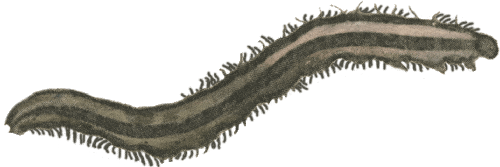
A common disregard towards other-than-human species was offset by a relational set of discourses and practices around empathy, sympathy, and fellow feeling between people, environments, and objects (Hobart & Kneese, 2020).
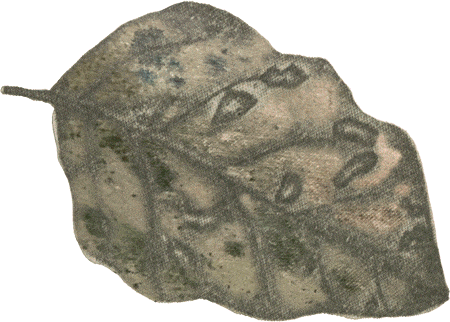
The principles of cooperation and responsibility were extended to the animals, earth, forests, and seas. No commons would be possible without the refusal to base life and reproduction on the suffering of others (Federici, 2012).
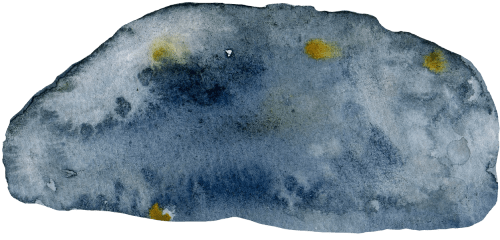
Although users of the web were less aware of the physical space of the internet (brick, mortar, metal trailers, electronics containing magnetic and optical media, and fiber infrastructure), human conditions were apparent through the mediation of political, social and economic access points (Noble, 2018).
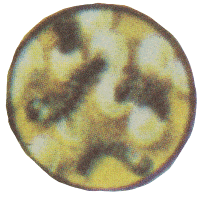
Wild animal engagement through self-controlled, individual, and collective forms of subsistence and care work eventually constituted a form of social reproductive labour called ‘Ecosocial Reproduction’ (Blattner et al., 2020).

Bringing animals into the political sphere required attentiveness to nonhuman animal languages, translating what had been gleaned to their representative structures. Humans were encouraged to listen and to exercise care (Meijer, 2019).

Each year, 70 billion animals contributed to a worldwide economy through actions such as producing sustenance and biodegrading waste. These were critical tasks for healthy functioning ecosystems. A posthuman framework demanded social recognition of historically unpaid or underpaid reproductive labour. This included the work of animals such as worms, fish, insect pollinators, vultures and parasites.
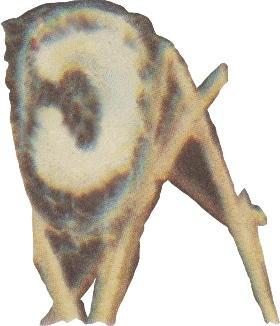
Care as an affective and connective tissue between an inner self and an outer world offered the visceral, material, and emotional heft toward the preservation of localities such as: selves, communities, and more-than-human social worlds (Hobart & Kneese, 2020).
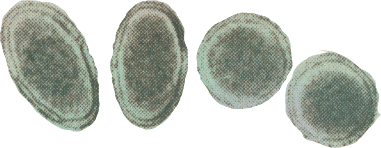
Forest trees were interconnected through subterranean fungal networks, a web of survival and reciprocity that benefited the trees, fungus, soil and extended to other earthly beings (Kimmerer, 2013).
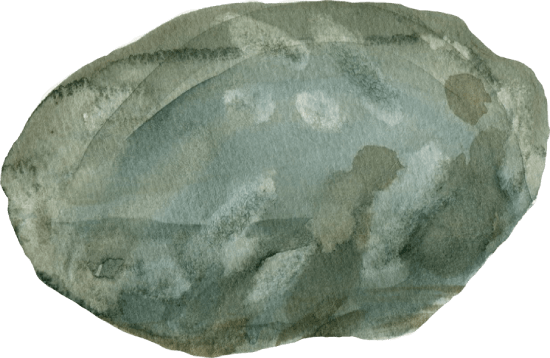
Influenced by technical advancements, a human’s temporal sense overlooked the intrinsic deep-timescales of the earth. As conceptions of time sped up, so too did the decomposition of earth’s capital such as the layers of gasses in the atmosphere (Bjornerud, 2020).
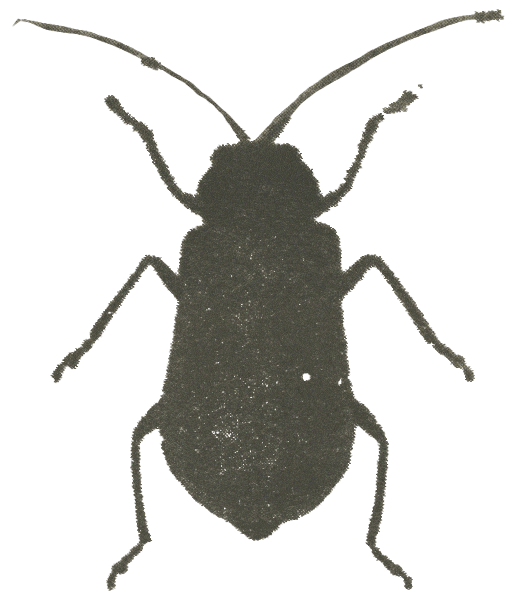
Nationalism was obscured by winds and waters that knew no boundaries. Gratitude was relocated when speaking to the natural world as a member of the democracy of species. (Kimmerer, 2013).
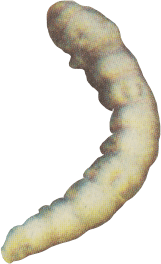
Although they were often close by, earthworms lived independently, and did not cohabit with humans. As human activity influenced the habitat and lives of worms, new multispecies policies reinforced a respect for the interests of worms on how the earth was used.
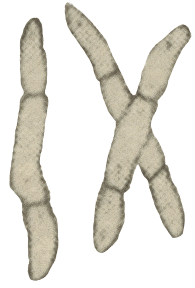
Multispecies neighbourhoods generated intimacy but also sanctioned respectful distances between animal communities. For instance, earthworms were understood as both neighbours and sovereign communities (Meijer, 2019).
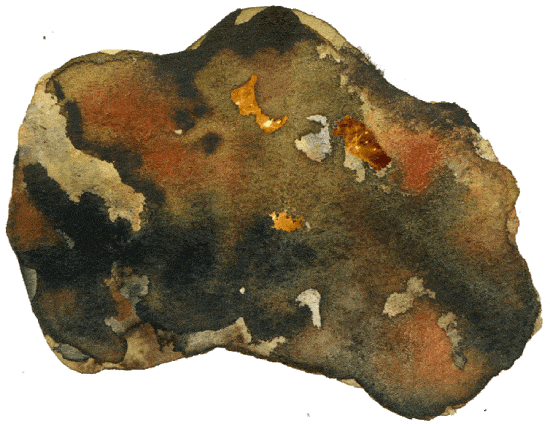
Using the grammar of the earth rocks evolved from nouns to verbs, an evidence of processes. The growth of a mountain belt, a volcanic eruption--rocks were witnesses to events that unfolded over long stretches of time (Bjornerud, 2020).
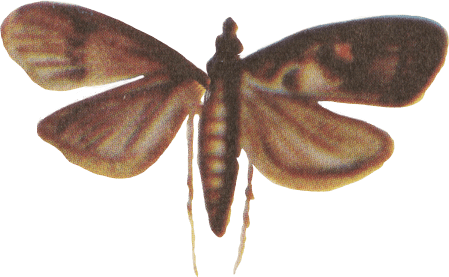
Animals were often so obscured under the verbiage of power and capital that they briefly disappeared from view (Blattner et al., 2020).
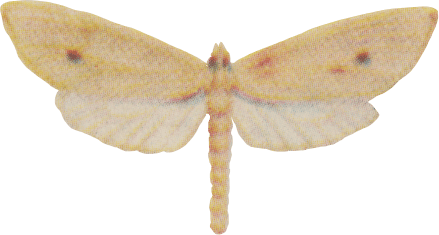
The grammar of animacy:
In the wild, humans became audience to conversations in languages of other frequencies (Little Bear, 2016).
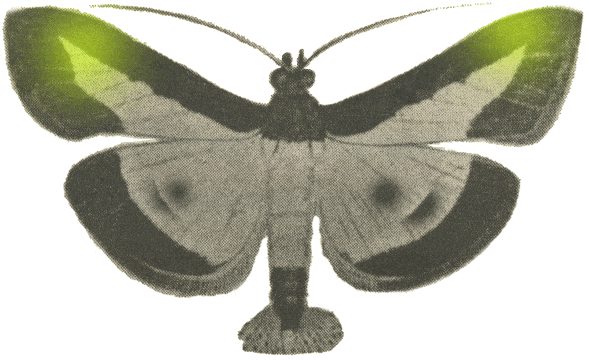
The world was structured as a neighbourhood of nonhuman residents, a communion of subjects. Métis anthropologist Zoe Todd affirmed that the places humans inhabited and the experience of moving through time were perpetually shaped by more than human beings (Todd, 2018).
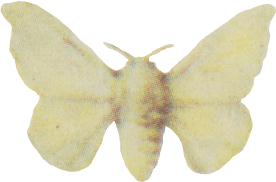
An Indigenous framework positioned habitats and ecosystems as societies with inter-species treaties and agreements through ethical structures of ecosystems. Mohawk and Anishnaabe researcher Vanessa Watts described a practice of reciprocity by identifying non-human beings as active members of society (Watts, 2013).
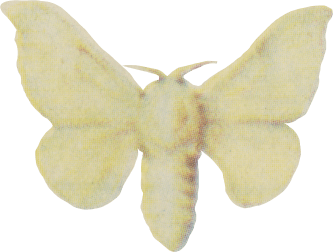
The Animal Computer Interaction (ACI) manifesto displayed a confidence in techno-utopianism. The manifesto defined ACI’s benefit to both animals and humans as the use of technology that enabled animals to work and communicate with humans (Mancini, 2011).
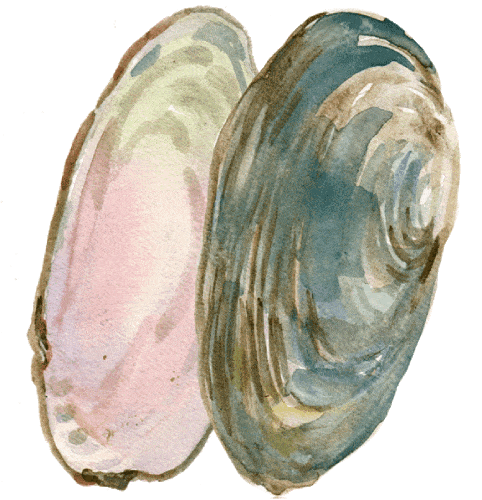
The notion of becoming an integral part of nature rather than merely an observer of nature was cited from various forms of Indigenous traditions and pedagogy. Nonhuman animals and human-environmental relations were embedded in every aspect of life. Practicing reciprocity, care, and tenderness towards more-than-human beings was a method of centering these nonhuman relations (Todd, 2018).
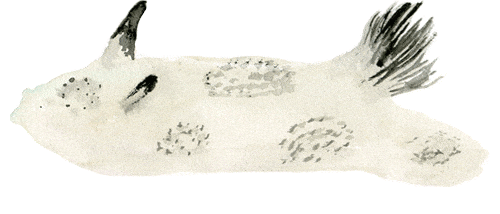
Animals of all kinds engaged in media technologies through multifaceted structures of animal-networks. The ecological effects associated with online infrastructures ultimately resulted in a digital embodiment of animals that obscured alternative modes of relationality towards the physical wild (Berland, 2019).
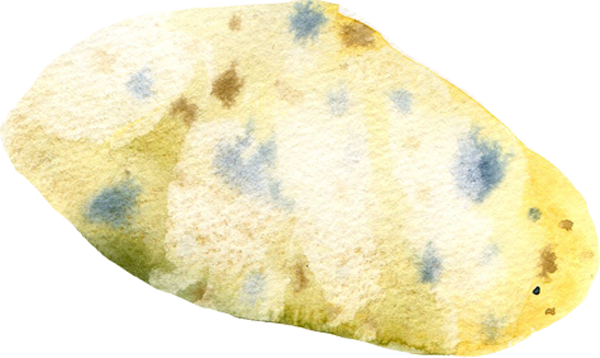
Human-environmental relations were embedded in every aspect of life. The wisdom of other animals was apparent in the way that they lived. Animals taught by example. “They’ve been on the earth far longer than we have been, and have had time to figure things out. They live both above and below ground, joining Skyworld to the earth” (Kimmerer, 2013).
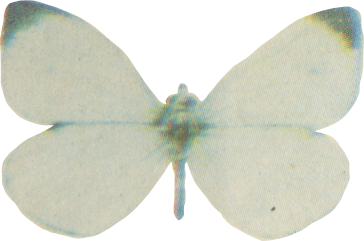
Learning the pronouns of the living world:
Adopting a grammar of animacy led to new methods of survival in the world (Kimmerer, 2013).
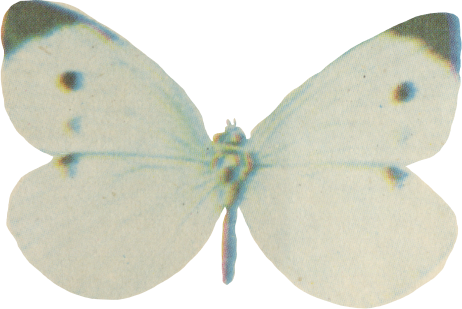
In Native ways of knowing, humans were often referred to as ‘the younger brothers of Creation’ as they had the least experience with how to live and thus the most to learn. Teachers among the other species offered guidance (Kimmerer, 2013).
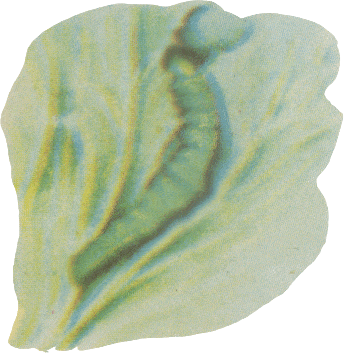
No species of placental mammal lived more than a few million years. Coming to the realization that the planet too was mortal, humans planned to maximize their future. Taking a broader vernacular view that included the nieces and nephews of their descendants, they began thinking not just as individuals--or even as a species (Bringhurst & Zwicky, 2018).
User Guide
Scratch the surface of the dig site with your cursor to begin digging a hole. As you dig, you will encounter natural, immaterial, and human-made phenomena.
**Tip while digging**. In some instances, you may find it helpful to move the cursor more, clockwise and counterclockwise over an entity to remove their surface layer.
A yellow halo will appear to indicate that an entity is fully uncovered. Click on the entity to unearth it, it will be transported to the edge of the dig site.
Excavate all embedded entities from the current layer to move on to the new layer underneath.
All entities within the hole contain additional embedded text that can be accessed once they are unearthed.
Switch between the three alternative realms by clicking on elements from the “choose your realm” section at the bottom left corner. Your progress on the current realm will be saved.
Proceed to the next realm once all entities in the current one are unearthed.Continue the process as long as you like.
Refreshing the browser will reset the process.
Credits
Concept, writing and images:
Sara MastonUX and development:
Olga FiliushkinaThank you Virtual Grounds
Thank you to the Digital Justice Lab and Trinity Square Video for supporting this project.
Thank you to my human and other-than-human mentors, peers, and collaborators.
References